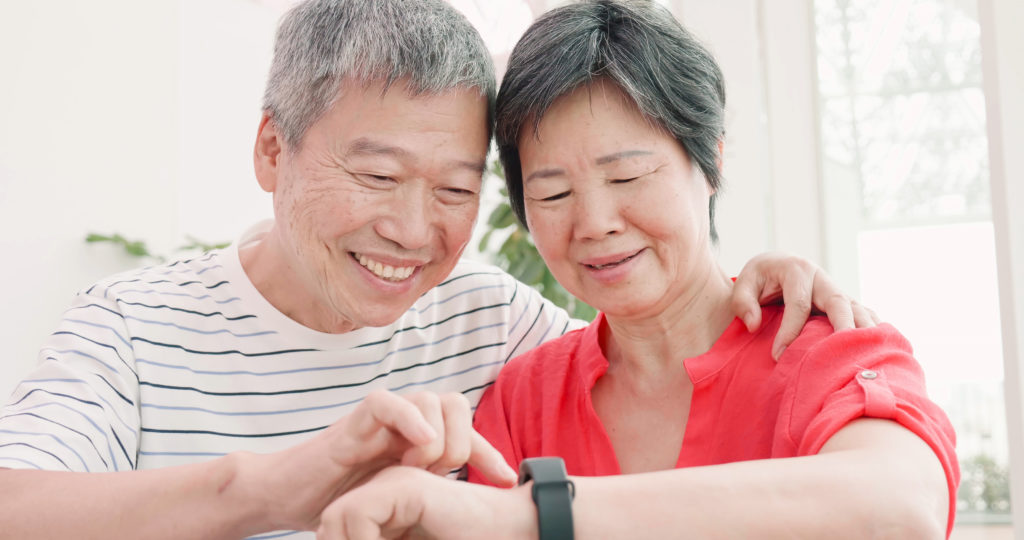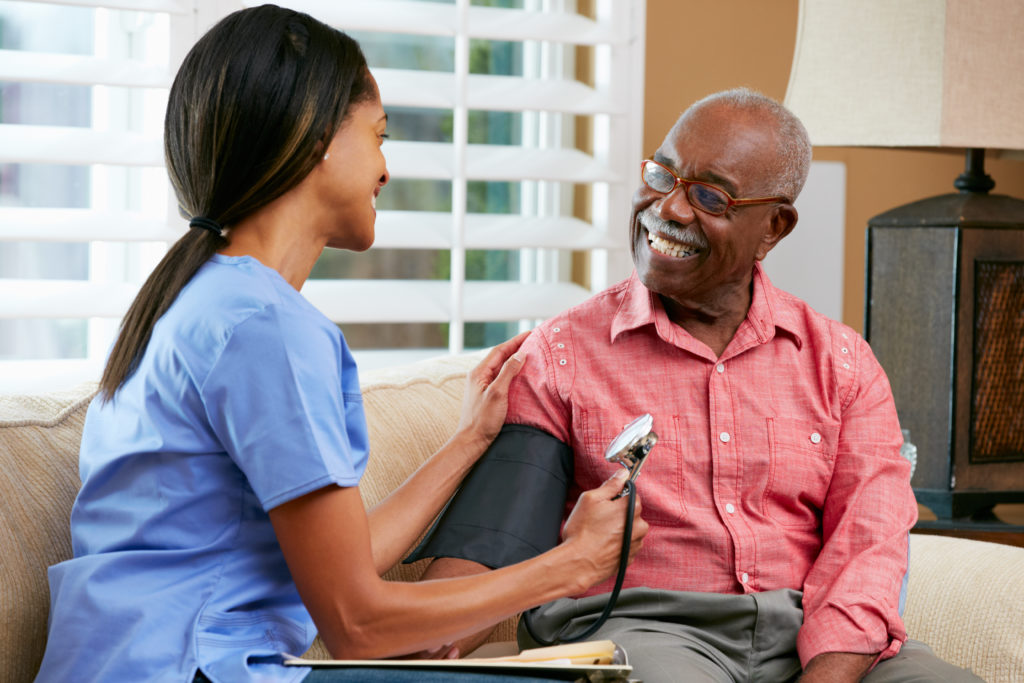
Those in senior care operations are well aware of the challenges in front of them. Any industry involved with the care and wellbeing of aging populations knows that issues like medical nonadherence, falls and injury, and staff turnover will continue to present challenges in the coming years. It’s projected that approximately 65 million Americans who will turn 65 in the next 20 years in need of long-term care will increase to 15 million by 2050.
But, those tasked with senior care management aren’t the only ones acutely aware of the obstacles ahead. Senior living technology companies have had their fingers on the pulse of aging health disparities for some time. And, they have and continue to develop products, devices, and IT services for senior living to improve operations and enhance the quality of life for residents.
What Are Assisted Living Technologies?

While the breadth of senior and assisted living technology uses, systems, and devices are extensive, some of the main categories include:
- Assistive devices. Used to help residents with cognitive, sensory, and motor issues.
- Monitor and response systems. These can include preventative and emergency tools such as voice-activated speakers, watches, and other “alert-focussed” devices.
- Social communication technology. This can include smart speakers, wearable tech—such as smartwatches, with voice-activation capabilities.
The Centers for Disease Control and Prevention (CDC) reported 28,900 current residential care communities in the United States, totaling 811,500 residents. This, combined with an annual turnover rate ranging between 40% to 75% in senior living care, means the technologies listed above are (and will continue to be) essential in providing much-needed support to senior living communities.
Voice-activated technology, for example, serves as a multifaceted, robust solution for many of the challenges for which senior and assisted living communities must routinely navigate. This includes:
- Fall and injury assistance
- Emergency help
- Medication reminders
- Hands-free calling
- Medical information management
Eliminating these pain points, can ensure the health and wellbeing of both residential senior care operations and residents.
Leverage Technology Benefits in Your Senior Care Community

At HandsFree Health, our founders were familiar with the adversities faced by leaders and residents in senior care. Their combined collaboration resulted in the creation of the WellBe® Voice-Assisted Healthcare Smart Speaker and Watch.
WellBe provides respite to senior care management, staff, and residents. Its built-in features are designed to address issues such as fall prevention (upwards of one out of four older people falls each year) and medication nonadherence (55% of the aging population in the U.S. is non-compliant with their prescription drugs.)
Senior living communities benefit from WellBe’s voice-activated speaker and smartwatch with their ability to:
- Monitor emergency scenarios with 24/7 emergency alert support.
- Store and manage health information.
- Set medication reminders.
- Record health vitals (heart rate, blood pressure, glucose, weight, temperature.)
- Play favorite audiobooks and music.
- Provide weather forecasts and news updates.
Rather than worrying about residents missing a medication dose, having a fall that goes undetected, or having limited staff to answer specific resident health-related or facility-related questions, WellBe takes those worries away.
When residents want to know when the next medication dose is scheduled, they merely have to ask… “Okay, WellBe, is it time to take my medication?”
Or command:
- “WellBe, play some classical music.”
- “WellBe, call my sister Angela.”
WellBe helps cast aside concerns that come with overworked staff or understaffed senior care communities, providing senior living facility solutions and technology for improved operations and resident quality of life. Senior living technology companies like HandsFree Health are committed to helping your community with improved health management and support systems.
Schedule a demo to learn more about how you can meet resident expectations and improve the quality of the care you provide.
